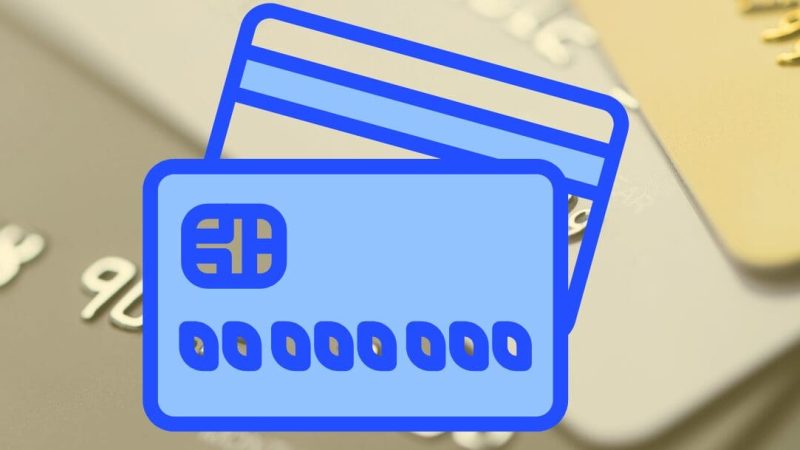In a world of rising living costs and tightening household budgets, it’s tempting to jump on a 0% balance transfer credit card offer. But what looks like an easy fix could end up costing more than you think especially if the fine print isn’t in your favour.
Here’s what you really need to know before making the switch and how a financial planner can help you make a smarter move.
What Is a Balance Transfer?
A balance transfer lets you move existing debt (usually from a credit card) to another credit card offering a temporary 0% interest rate. These promotional periods typically last 6 to 24 months, with the goal of helping you save on interest and pay down debt faster.
Sounds great until the honeymoon ends.
What Most People Miss
There’s a reason banks offer 0% deals: they’re betting on your debt staying put.
Here are the hidden traps:
- High revert rates: After the promo period, the interest rate typically jumps to 18%–22% p.a.
- New purchases aren’t interest-free: Most cards apply interest to any spending made during the 0% period, even if your transfer is still in play.
- Fees still apply: Some cards charge a transfer fee of 1%–3% of the debt balance.
- Missed payments void the deal: If you skip a payment, you could lose the 0% rate instantly.
And according to The Australian, Australia’s credit card debt has ticked back up to $17.6 billion in 2024 showing many Aussies aren’t clearing balances during those interest-free periods.*
So, Is It Ever Worth It?
Sometimes, yes if it’s done strategically.
Here’s how to give yourself the best chance of success:
- Have a clear repayment plan: Only transfer what you know you can repay within the interest-free window.
- Don’t use the card for new purchases: Treat it purely as a debt-clearing tool.
- Set up automatic payments to ensure you never miss one.
- Know the revert rate and plan what you’ll do if you’re nearing the end of the offer.
The Financial Planner’s Take: A Smarter Way Forward
At Fowler’s Group Financial Planning, we look beyond the flashy offers. Instead, we help you:
- Understand your full financial picture so you’re not just moving debt around
- Build a debt repayment strategy that aligns with your long-term goals
- Explore whether refinancing, budgeting, or income-boosting strategies are better suited for your situation
- Identify whether you’re using credit cards as a stop-gap for a larger cash flow issue
Sometimes, the better move isn’t the one with the zero on it—it’s the one with the plan behind it.
Let’s Help You Regain Control
If you’re juggling multiple debts or just feeling stuck, a one-on-one session with a Fowler’s Group adviser can help you map out a debt reduction strategy that sticks with or without a balance transfer offer.
Let’s turn short-term relief into long-term financial strength. Contact Fowler’s Group today.
References:
- *“Credit card debt climbs to $17.6 billion,” The Australian, April 2024 – theaustralian.com.au






